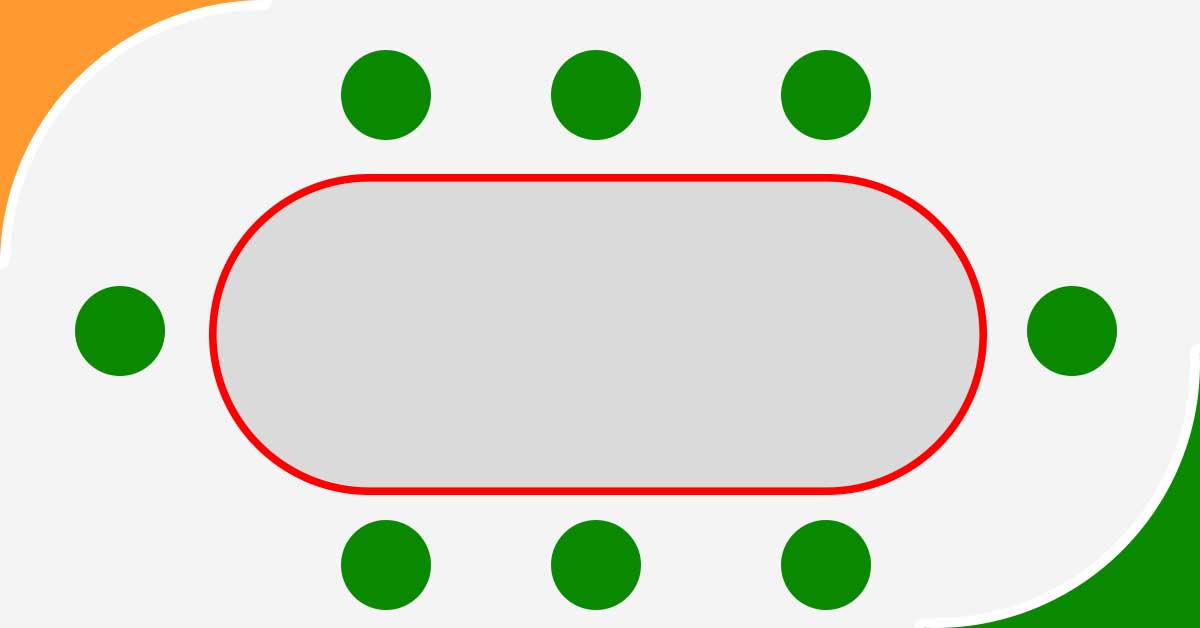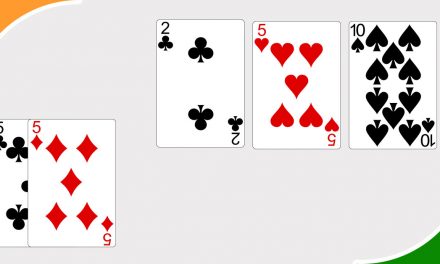There’s a strict connection between position at the table and playable ranges and one of the most common mistakes between rookies is playing considering only the strength of the hand rather than including into the thinking process also an evaluation of the position at a given table in a given hand.
Yes, if you are holding Aces or Kings it doesn’t change much, but playing more tricky hands as TT, AJ or 76s all depends on by the position at the table, both yours and yours opponents’.
Contents
A very difficult starting hand: AJ
Weak players believe AJ is a good hand to play with from any position. Surprise: it’s not. At all. Let’ see some examples:
- You are UTG in a full ring table and are dealt AJ in the middle phase of a tournament. You have a decent stack, while there are some short stacker around 25bb behind you. Do you raise? Nope. It’s a clear fold. Is AJ a good hand? Yes, but not in this spot.
- You are CO and the UTG raised 4bb. What would you do? Most players would 3bet given “AJ is a good hand”, but once again this move might end in a bloodbath. The range from UTG is really really tight and with AJ against AQ /JJ+ you are clearly underdog, so why ending up playing a 3bet pot or folding to a 4bet? If, instead you decide to call and play the spot in position, you have a small pot with a premium hand that might end up being interesting (if someone doesn’t squeeze you, check the article about squeeze play here!)
A very broad range: stealing the blinds
Stealing the blinds is instead on the other side of the spectrum. From BTN and first in into the hand, you can evaluate to raise even any two cards, if the players on SB and BB are not particularly aggressive or calling stations.
It’s amazing how the range gets wider the more you move into the table closer to the blinds. If you are playing the same range from UTG and CO, there’s something to adjust in your game. Suited connectors, for instance, are interesting hands from middle position on, while from the UTG positions are just trash.
Adjusting ranges using positional advantage
Another solid reason to play a wider range from a late position is that you definitely want to be in position on your opponent postflop. From CO there are good odds you’ll bet the button postlfop and playing after your opponent’s move is vital for building up a good hand.
If you are UTG+2 and UTG raises, though, despite being in position against him, make sure you have a solid hand to play against him, because given he opened from very early, he will likely hold a monster hand.
Conclusions
Do not evaluate the pure strength of your hole cards, but put them in correlation to the position of the table you are playing from. It will make you save a lot of chips, avoiding spots where you should have known the opponent’s range was stronger than yours.






